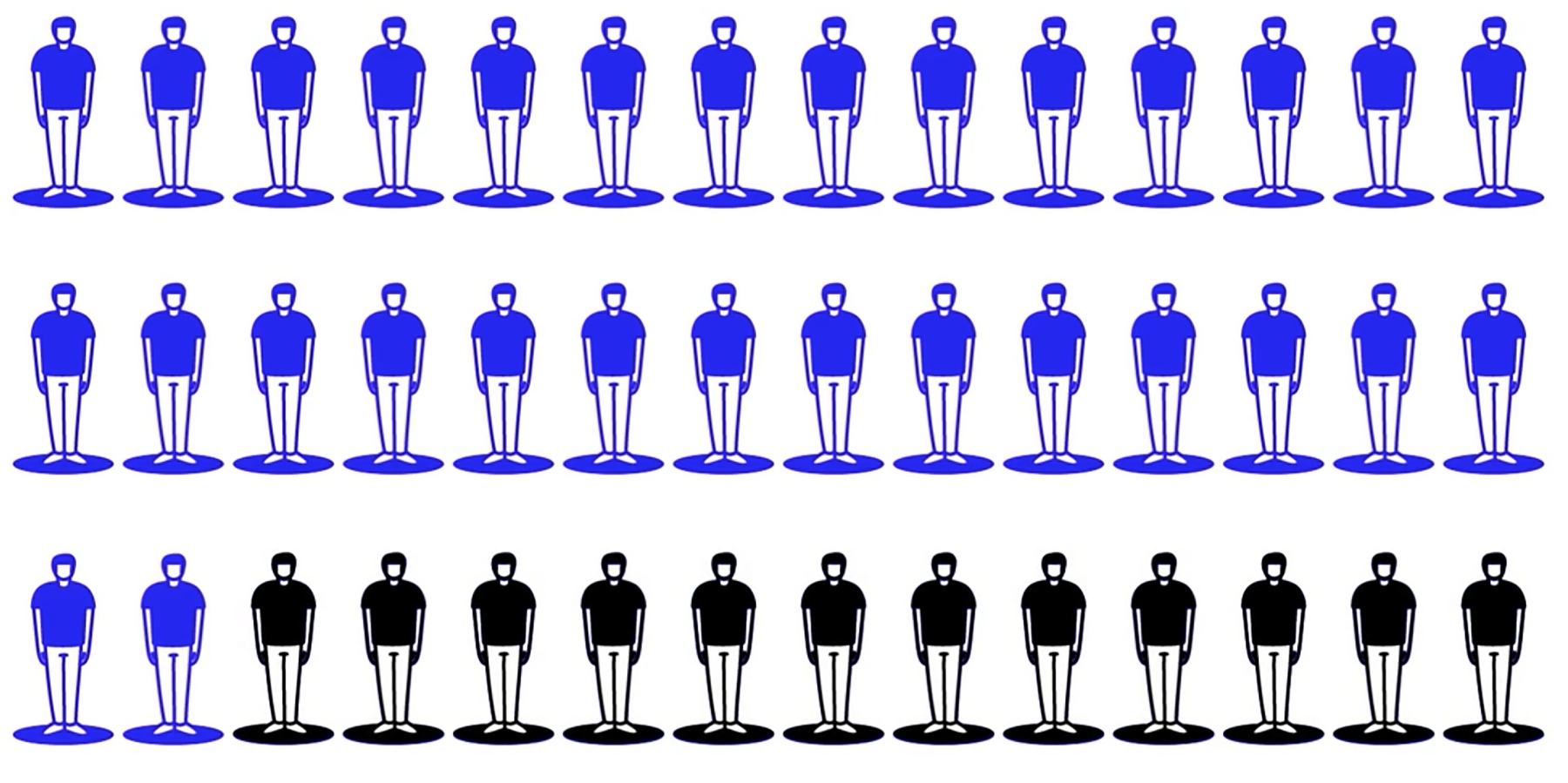
Why Standard TV Attribution Assumptions Are Doing Your Campaign a Disservice
Traditional attribution models equip advertisers with an adequate baseline for measuring the impact of their TV campaigns. But these default models are often shortsighted, and limited when it comes to accurately measuring the delayed responses of a linear or streaming TV ad. TV ads produce a significant delayed response among viewers that isn’t being captured by traditional measurement. Let’s take a deeper look at some of the typical failure points.
Ignoring DragFactor
First, let’s talk about the importance of a delayed attribution window in TV. Today’s performance-focused brands are realizing that a good TV ad should be crafted in a way that drives both direct response and brand impact. Of course, this implies that you need to be prepared to measure both; and that’s where the industry often misses the mark. Many operators consider only immediate responses—sometimes as short as 5-15 minutes following the airing of an ad—thus neglecting the longer-term benefits of the ad exposures.
That’s where DragFactor comes in. DragFactor is designed to measure both direct and delayed response from a TV ad within a specified window of time (say, 30 days). Tatari’s DragFactor quantifies the relationship between these two types of response as a multiplier. Simply put, this helps marketers understand how many additional delayed responders they can expect in the future for every immediate response they see now. Without this DragFactor multiplier, brands may fail to accurately capture, or even misattribute, responses and conversions driven by their campaign.
Applying Too Low of
a DragFactor
Applying DragFactor to your campaign measurement is just the first step. The next is to address whether you’re applying the right DragFactor to your campaign.
Among advertisers that employ DragFactor, the default multiple ranges conservatively in the 2-3 range. That means that for every one responder that comes within the first 5 minutes of an ad airing, there will be an additional 1-2 over the next 30 days. However, as you might imagine, this multiplier can vary significantly by campaign and by advertiser, so it’s important to understand exactly how yours compares to the accepted industry standards. This can be done by using smart TV and streaming TV data to deterministically measure the delayed response to your TV campaign in order to generate a custom DragFactor.
For example, we recently helped a leading live TV streaming service identify their custom DragFactor—that is, the multiple that they should be adding to their immediate response campaign calculation. Based on a smart TV data analysis, we discovered that the DragFactor multiple for this particular advertiser was 8—significantly higher than our default multiple and 320% higher than the industry average. That meant that for every one responder within 5 minutes of an airing, there were 7 more within the next 30 days.
These people would not otherwise have been attributed to TV under a traditional model. That’s a huge number of delayed responses that would have been mis/unattributed to our client’s campaign!
Underestimating Conversion Rates for Delayed Responders
Once advertisers get a handle on their custom DragFactor, there’s one more measurement dimension that needs to be examined: the conversion rate on delayed responders. Typically, campaign measurement is based on the conversion rate of immediate responders, and it’s assumed that delayed responders convert at the same rate. This can prove to be a flawed assumption.
Consider our streaming service client noted above, with the 8 DragFactor multiple. When we extended our analysis to consider the long-tail conversion rate, we found that delayed responders had a higher conversion rate than immediate responders by roughly 10-fold. That’s MASSIVE—and it has dramatic implications for how advertisers evaluate their channel mixes and prioritize investments.
Ultimately, what Tatari uncovered in this recent client analysis should serve as a reminder to all advertisers: Challenge your assumptions. Measurements like DragFactor and conversion rates on delayed respondents are important—and they shouldn’t be based on default multipliers. By customizing your measurement and attribution to your own campaigns (or even further segmentation, such as creative), you’ll be in a far better position to understand the true impact of your TV campaign—and to optimize your spend accordingly.

Andy Schonfeld
Oversee client success at Tatari, avid runner, all-around sports fan, and Dad of two.
Related
Video: DragFactor Helps Advertisers Measure Response from TV Ads
We know that marketers need to see their campaign’s performance results that measure both the immediate and delayed response. Watch our short video to learn more about DragFactor enabling next-day measurement.
Read more
Video: Understanding linear TV measurement
Even though linear TV has been around much longer than streaming, deterministic attribution is typically more difficult. Here is a short video that walks you through our measurement of linear TV.
Read more
Measuring the delayed response of a TV campaign
A good TV campaign should aim to measure both the direct response and brand impact. We measure the relationship between the two via what we like to call the "DragFactor."
Read more


